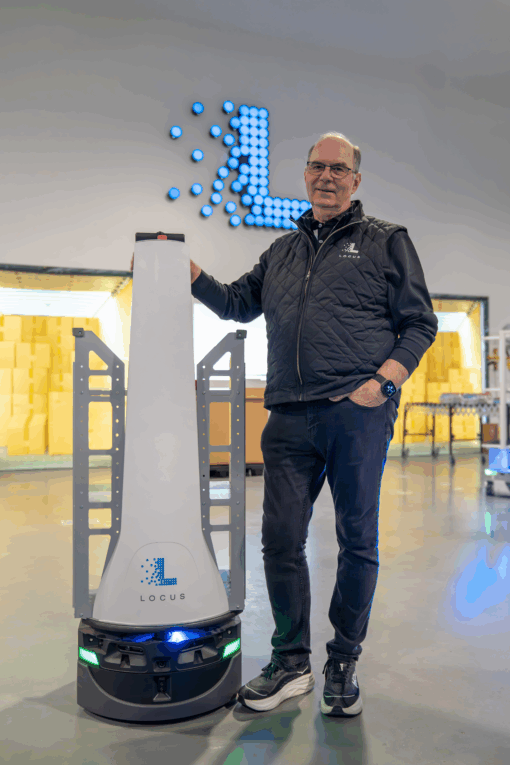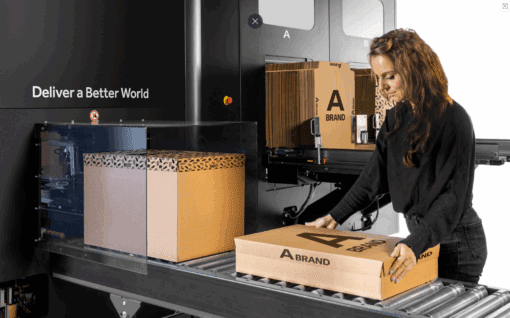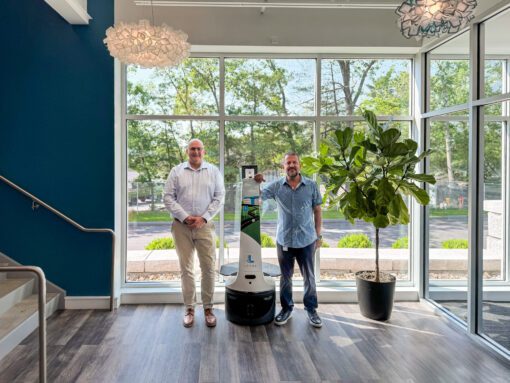WP: How to achieve 400 UPH with Locus Fast Pick
WP: How to achieve 400 UPH with Locus Fast Pick Download Now!
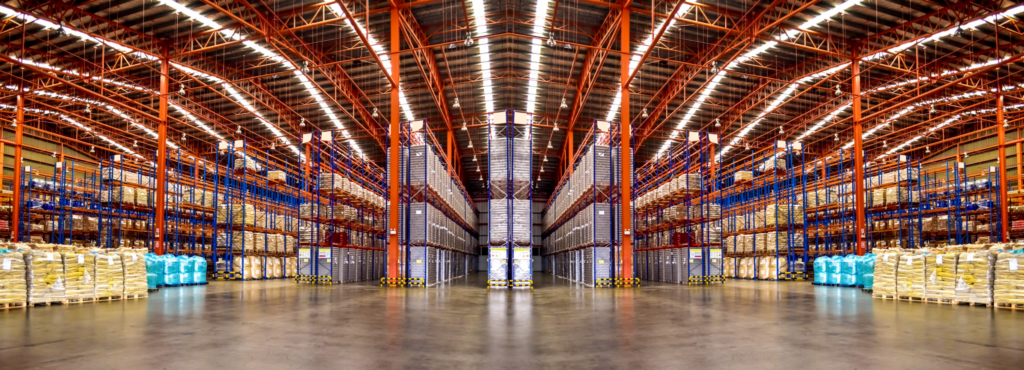
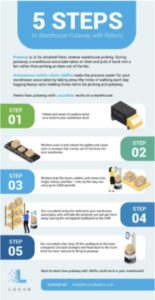 When you hear the word “bottleneck”, you probably think of the 109 container ships that were backed up off the Southern California coast. That bottleneck started in January and took until almost the end of October to be resolved. But that didn’t mean the end of the bottleneck when the ships left the ports of Los Angeles and Long Beach. Instead, a new bottleneck was created by all of the products — this time in warehouses like yours if not your own. Learn how warehouses became the bottleneck, what you can do to handle that challenge, and, to no surprise, how autonomous mobile robots (AMRs) can help!
When you hear the word “bottleneck”, you probably think of the 109 container ships that were backed up off the Southern California coast. That bottleneck started in January and took until almost the end of October to be resolved. But that didn’t mean the end of the bottleneck when the ships left the ports of Los Angeles and Long Beach. Instead, a new bottleneck was created by all of the products — this time in warehouses like yours if not your own. Learn how warehouses became the bottleneck, what you can do to handle that challenge, and, to no surprise, how autonomous mobile robots (AMRs) can help!
Houston, We Have a Storage Problem
How did warehouses become the bottleneck? The goods and products that were on those container ships are now off the ships and need to go somewhere, bringing them to the warehouses that ordered them based on needs at that time. With the products being stuck on container ships for months, the seasonal need has passed for some of the items, such as pool, gardening, or back to school supplies. For those items and others, consumers no longer have an immediate need, so the products need to be held in storage until the demand is there again.
Once products have flowed through the ports, they need to wind up somewhere. There are a few places they could go: open storage in your warehouse or in empty trailers and containers in your warehouse yards if you don’t have the capacity to bring in that inventory.
Whether you’re dealing with unexpected inventory from the container ships, returns (‘tis the season), or just everyday material that comes into your warehouse, your biggest challenge is storage along with managing the throughput through your warehouse.
Putaway without Bulk Storage
Many warehouses handle putaway by storing cases and pallets until the products are needed. But that doesn’t solve your storage problem.
One way to handle storage challenges is to not store boxes, pallets, or cases at all. To do that, you need a solid putaway system, which can include our full fleet of LocusBots (Origin, Vector, and Max) for transport. Think our robots are just for picking? Think again! Our bots have true task-interleaving functionality, which helps your warehouse to maximize productivity by simultaneously picking orders, managing returns, and replenishing the pick space using the same robotic technology.
Putaway, one aspect of task-interleaving, is essentially reverse picking, and AMRs make the process easier for your warehouse associates by taking away the miles of walking each day lugging heavy carts.
Here’s how putaway with LocusBots works in your warehouse:
- Pallets and cases of product arrive on a truck to your warehouse dock
- Workers scan in and unload the pallets and cases onto a conveyor that comes out of the dock into your warehouse
- Workers load the boxes, pallets, and cases onto Origin, Vector, and Max – who, by the way, can carry up to 3,000 pounds!
- Our LocusBots bring the material to your warehouse associates, who will take the products out and put them away, leaving the corrugated cardboard on the AMR
- Our LocusBots then drop off the cardboard at the trash compactor and head back to the truck dock for more material to bring to putaway
Think about how that no bulk storage and putaway with AMRs could work in your warehouse. You may just have solved your biggest warehouse challenge, unless you have to store pallets and cases and you’re running out of space.
Move Up, Not Out
If storage space is an issue for your warehouse and you have more products coming in than you have going out, you have a few options. You could move to a new location with more square feet, but that isn’t feasible for my warehouses. A better option: go vertical and create automated mezzanine levels.
The best practice for warehouse mezzanines is to have coordinated automation such as autonomous mobile robots (AMRs) on every level. For each order, for example, you may have picks that need to be completed on three different levels. With the right solution, like our advanced warehouse optimization engine, the system manages and optimizes the pick and pass process smoothly across those levels.
Are you curious about how Locus Robotics can help your small or enterprise-level warehouse or fulfillment center ease your warehouse storage struggles with putaway, mezzanines, and more?
Talk to us and we’ll tell you more!


